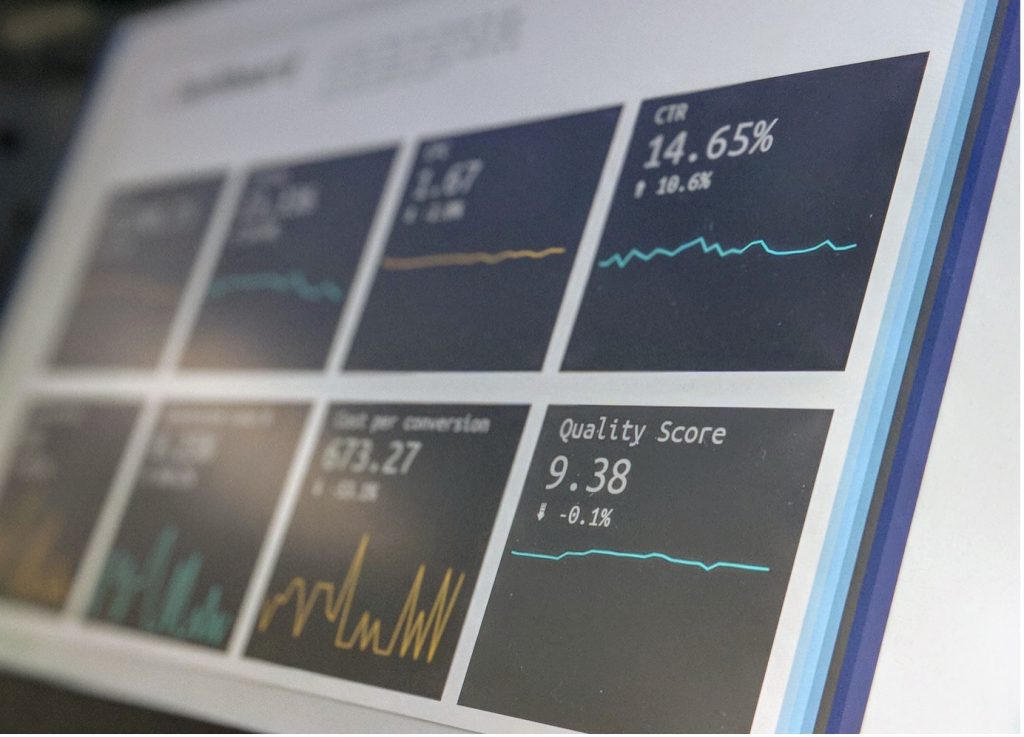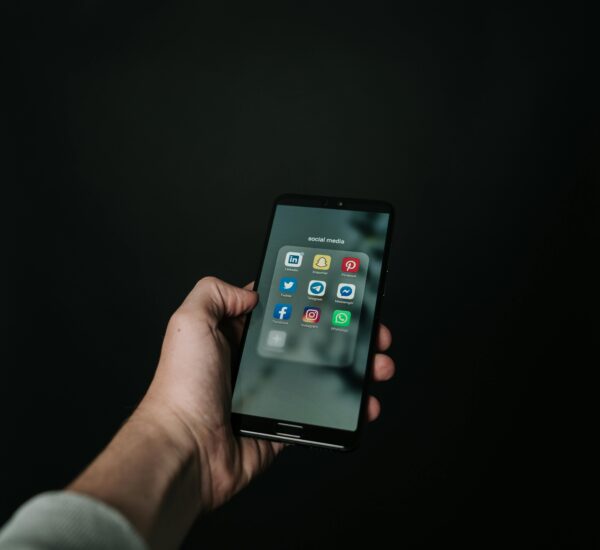At RS Digital we are discussing the process of writing image alt text that is helpful for people who use screen readers. We will be touching briefly on the topic of what to do with decorative images and how difficult it is to write alt text that strikes a balance between search engine optimization and accessibility.

Accessibility and Search Engine Optimization with Alt Text?
Visitors to a website who are unable to view image content and are employing screen readers are the target audience for the image alt text, as stated by the World Wide Web Consortium (also known as the W3C), the official body responsible for the HTML standards. The goal of the image alt text is to make images understandable to users of screen readers.
Alt text is helpful for those who use screen readers because it explains the purpose of the picture or draws attention to text that is included inside the image.
The alt text also serves a role for search engine optimization.
At RS Digital we recommend for seo services that if you want your website to be indexed thoroughly, it is best to utilise the alt property to make sure that they won’t overlook essential areas of your pages.
It is possible to say that the objective of alt text is to make pictures clear and accessible to those individuals who are unable to see the image. This includes the bots used by search engines.
A surprising amount of mental effort is required to come up with the ideal alt text. The World Wide Web Consortium (W3C) has developed a lesson on alt text that covers seven distinct picture contexts.
SEO
In terms of search engine optimization (SEO), it may be necessary for the alt text of a screenshot to state that the picture is a screenshot; however, in terms of accessibility, this is unnecessary (and annoying to write that an image is an image).
RS Digital suggest the following approach to resolving this issue:
Therefore, one of the best practises is to avoid beginning each picture with a snapshot of, a screenshot of, since doing so leads to the image being monotonous and boring.
We are already aware of the fact that it is a picture. It is not necessary for you to add “It is an image of” followed by the object.
Simply begin with whatever it is that the description entails. In addition to that, in our opinion, there is no need that it be a whole sentence.
Finding a Happy Medium Between SEO Requirements and Accessibility
RS Digital discusses the issue of the conflict that exists between what conventional SEO strategy is and the accessibility criteria that must be met with relation to the alt text of images.
The most difficult component is striking a balance between the two sides. The kind of accessibility that is involved. What individuals want from alternative text in terms of accessibility.
And then there’s the search engine optimization (SEO) component, in which you’d do certain things like… historically, you’d do some things that could be a little bit different.
In the same way that you might list a number of different synonyms, for instance.
Something along the lines of “Oh, I see that there is a beach beside the ocean with waves.”
This is the type of content for which it may sometimes make sense to put that in the alt text for the sake of search engine optimization (SEO), but it is not likely to be necessary for accessibility reasons.
And achieving that equilibrium may be a task that, at times, might be a little bit challenging.
Therefore, it is important to keep an eye out for it.”
Something is Always Better than Having None at All
It is not recommended to leave the alt text box empty, since this is considered to be poor practise when it comes to images and their associated alt text.
A terrible user experience might result from this technique because screen readers may begin reading the picture file names. This is one of the reasons why this is a poor practise.
Another issue is that it prevents users of screen readers from obtaining essential information that could be included in some of the pictures.
Then there are the SEO considerations that need to be made in reference to alt text and ensuring that photos are indexed correctly and may be found via a search.
It is recommended by RS Digital to include anything in the alt text since having something there is preferable than having nothing.
However, if this is your first-time adding alt text, you should know that often including any alt text at all is preferable than including none at all.
At the very least, getting started with anything, but then asking yourself, “What can you do to further better on top of that?”
Alternate Text and Images for Decoration
The first obstacle is determining whether a picture is only ornamental or whether it is conceptual and adds to the meaning of the material. If the image is conceptual and adds to the meaning of the content, then the problem becomes figuring out how to transmit a conceptual image.
There are certain places on the internet that will tell you that it is not necessary to provide alt text in a decorative picture.
If its only purpose is to enhance the visual appeal of the page, for example, you should probably simply keep the alt text blank.
On the other hand, why on earth would I have placed it there in the first place? There was a good rationale for placing it in that location.
Therefore, we need to have something that fills that gap for the experience of someone who is not seeing the picture, don’t you think?
Shouldn’t we have something to use in its place? It was doing something useful.
We included it for a specific purpose, such as determining what an alternative experience may be that would still convey that information.
Therefore, if you are looking for Googlebot, it will be good to be able to be discovered for those photographs as well. Considering how much effort we put into the creation of each and every one of them.
The W3C has produced an entire page’s worth of instructions about the proper management of the alt text for pictures that are used for ornamental purposes.
The following is the official recommendation from the W3C:
“Images that are only decorative do not provide any new information to the overall content of a website.
For instance, the text that is next to the picture may already offer the information that is supplied by the image; alternatively, the image may be added in order to make the website more aesthetically appealing.
In some circumstances, a null or empty alternative text should be given (alt=””) so that assistive technology such as screen readers may disregard the element in question.
Text values for these sorts of pictures would add auditory clutter to the output of screen readers, which might potentially distract users if the theme of the image is different from that of the surrounding text.
In addition, the W3C recommends four different approaches to recognise ornamental pictures.
There are four criteria that determine whether or not an image is decorative:
The image has a role in the style of the document (the look and feel)
If the picture is meant to accompany the link text, then it would go here.
Does not add any new information to the existing content of the text
The text that surrounds the picture serves as a description of the image.
The author is ultimately responsible for determining the appropriate course of action for the picture alt text.
Google once claimed that having something to do is preferable than having nothing at all. Therefore, if the picture does not offer any new information, you should simply utilise the null value for the alt text, which is represented by the coding alt=”.”




